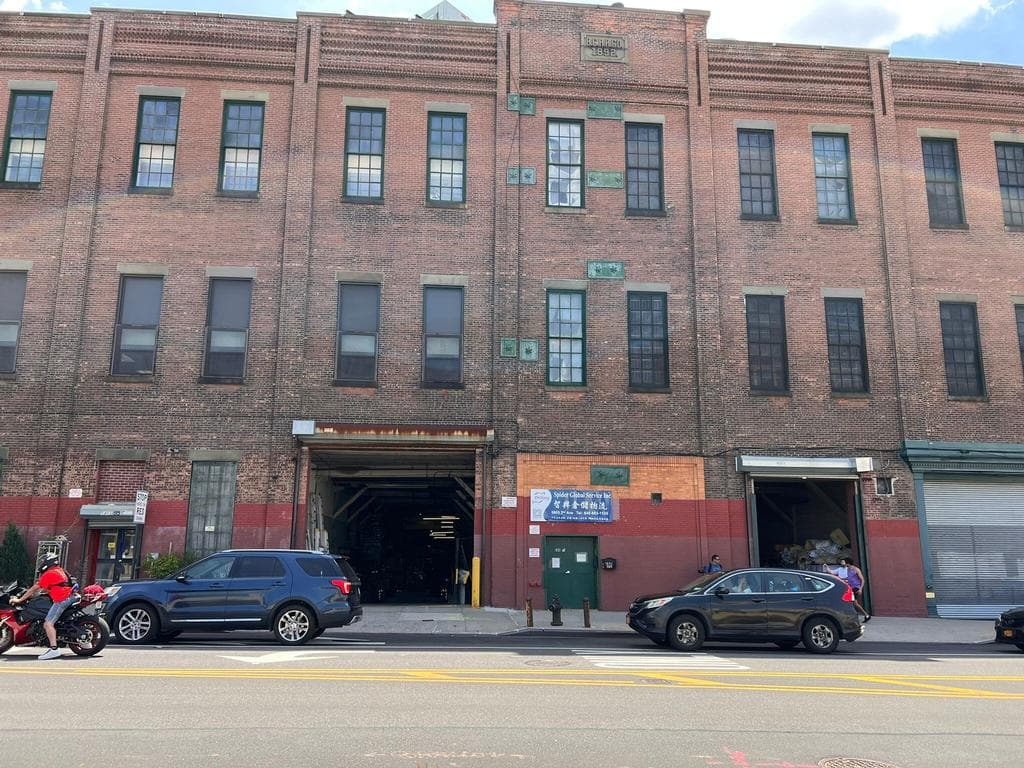52,000 sf Industrial Space For Lease
Description
5800 Second Avenue is an old prewar building located in Sunset Park and boasts prime space for warehousing, distribution, or modern repurposed use. At just $25psf on the usable space, it’s ripe for Tenants moving away from North Brooklyn or national Tenants looking to plant their flag in New York City. Two loading docks service each space. Heavy power is in place and NYU Langone would be your neighboring Tenant. Please contact us for a tour at any time.
Documents
Location
Sq Ft
Financials
Construction
Image Gallery

Area Profile
Southwest Brooklyn (Sunset Park, Red Hook, Gowanus)
The industrial areas of South Brooklyn encompass several neighborhoods that historically supported a range of manufacturing, warehousing, and industrial activities.
From Sunset Park to the Brooklyn Navy Yard, South Brooklyn has maintained a significant heavy industrial presence, especially along its waterfront. The area includes port facilities and warehouses that support maritime trade and logistics and has become a major hub for E-Commerce given its proximity to Manhattan as well as New Jersey. In recent years, the are has also attracted artists, artisans, and creative businesses, adding a cultural dimension to its industrial character.
Zoning
M1-2 Zone
M-zones are designed to accommodate a variety of industrial and manufacturing activities, including heavy and light manufacturing, warehousing, distribution centers, and storage facilities. These areas are regulated by zoning laws to ensure compatibility with surrounding neighborhoods and to manage issues such as noise, traffic, and environmental impacts.
Typical Uses
Typical uses include warehousing and storage, wholesale services, showrooms, media production, repair centers, etc.


